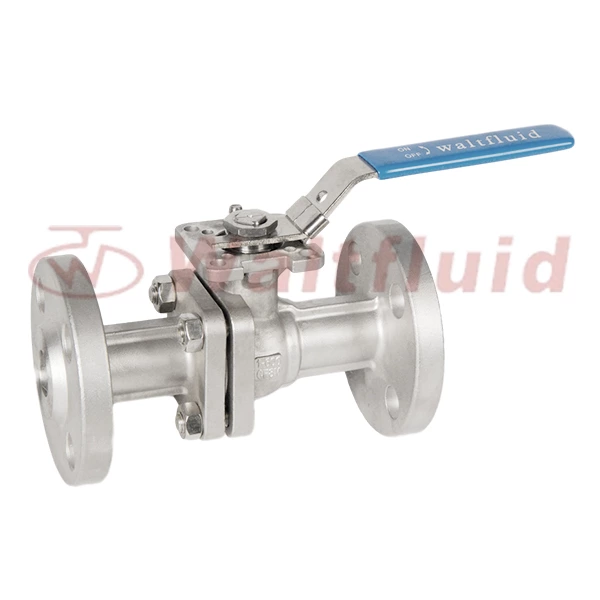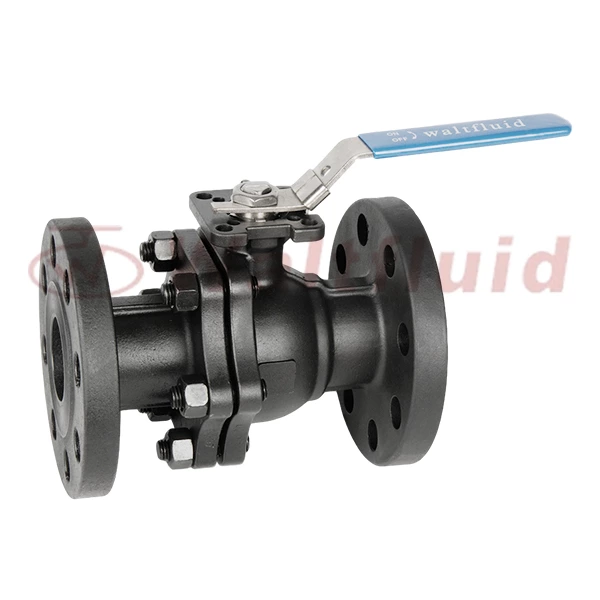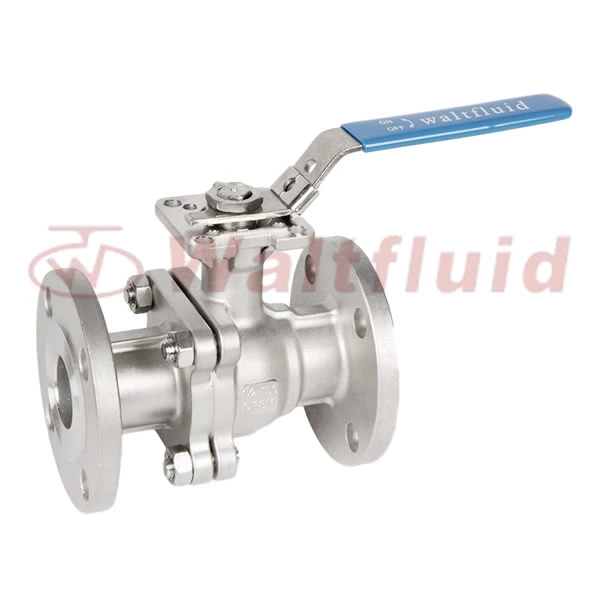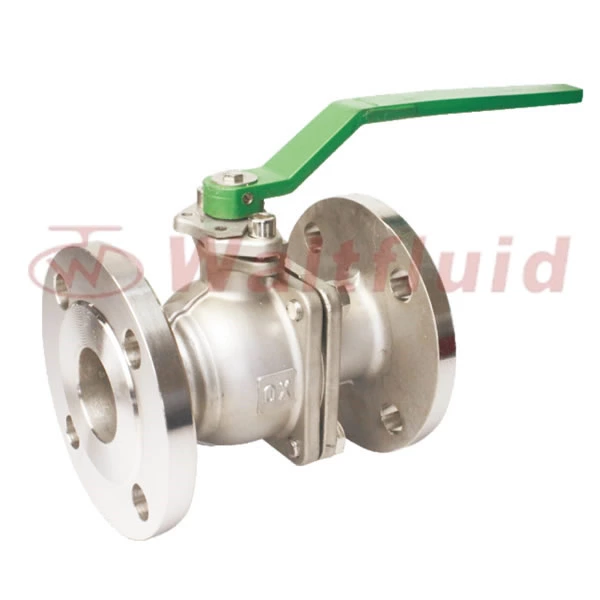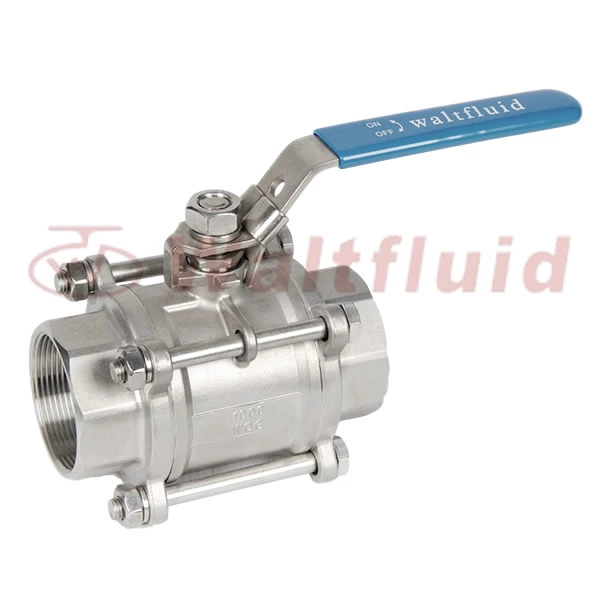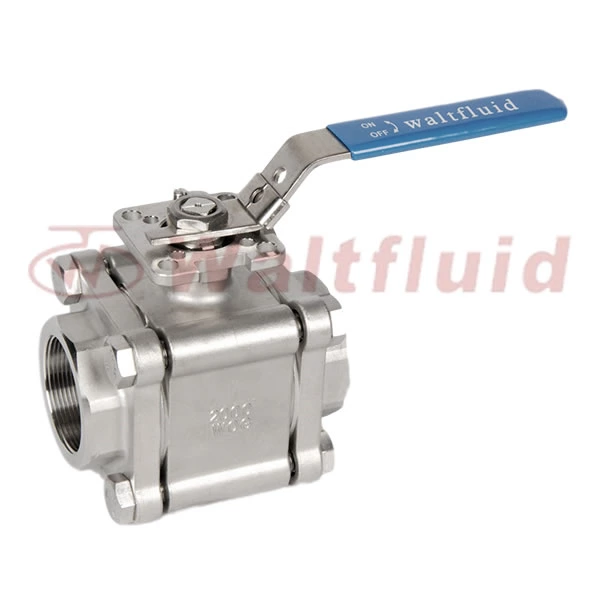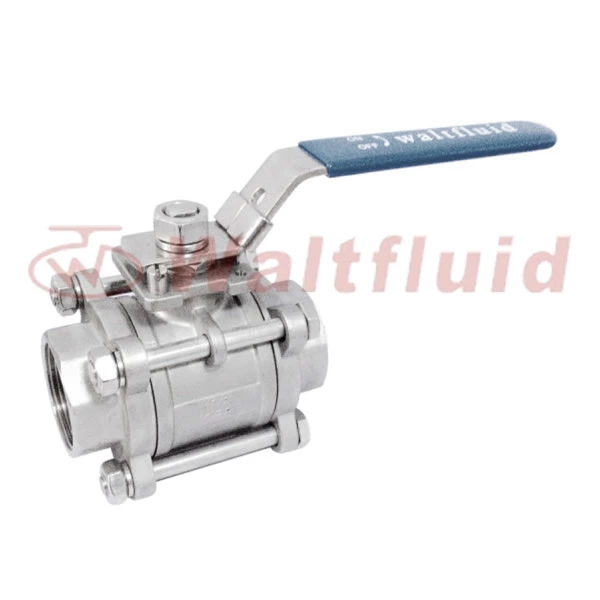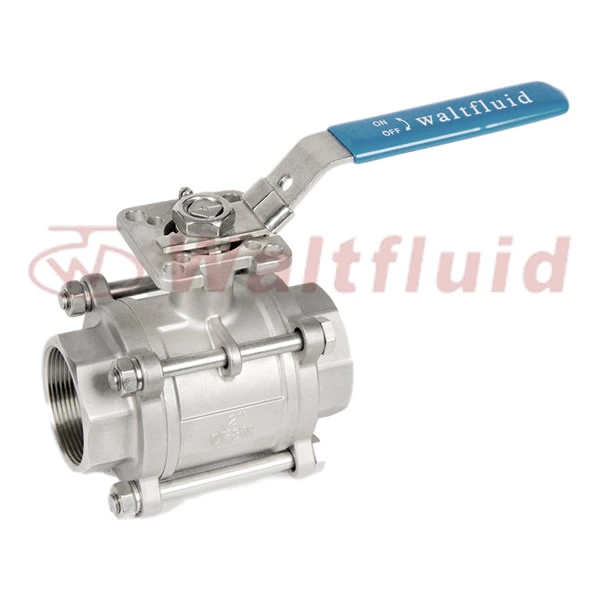Material Selection And Material Performance Test Description Of Stainless Steel Ball Valve
1. For a long time, in the chemical, petroleum, pharmaceutical and food industries, corrosion-resistant valves on control and medium delivery pipelines generally use corrosion-resistant materials such as stainless steel, enamel, ferrosilicon, ceramics and polytetrafluoroethylene. FRP is a composite material that has developed rapidly in the past 50 years. FRP is a reinforced plastic with glass fiber as a reinforcing material and synthetic resin as a binder. With the development of my country's FRP industry, as a plastic-based reinforcing material, it has expanded from glass fiber to carbon fiber, boron fiber, aramid fiber, alumina fiber and silicon carbide fiber. Because FRP has better chemical medium corrosion resistance than other materials, FRP pipes and valves have been widely used. Ordinary stainless steel valves cannot be used under high temperature hydrochloric acid and acid-base alternation conditions. In terms of price, FRP valves are only about 1/3 of stainless steel valves of similar size.
2. At present, the base resin of the materials used for domestic FRP stainless steel ball valves is mostly modified phenolic resin, and the reinforcing fibers are generally chopped fibers. Such FRP stainless steel ball valves can only be used under PN6 working conditions, which greatly limits the scope of application and prevents the excellent corrosion resistance of FRP from being fully utilized. In order to meet the increasing demand for valve use in various industries and the needs of various strict and harsh use environments, the materials and manufacturing processes of existing FRP valves must be improved to make them suitable for higher pressure ranges. This paper first conducts experimental research on the mechanical properties of continuous glass fiber reinforced FRP materials, and derives the design points of FRP stainless steel ball valves based on the known performance parameters of FRP materials.
3.3 Piece Threaded Ball Valve Material selection
At present, the FRP matrix materials used in the manufacture of valves in China are mainly epoxy and phenolic resins (including their modified varieties, such as polyvinyl butyral modified phenolic, xylene formaldehyde resin modified phenolic, epoxy phenolic, etc.), and polyester FRP valves and modified flavonoid resin FRP valves are also produced in small quantities. Glass fiber as a reinforcing material also varies in form, but limited to the compression molding process, short-cut fiber reinforcement is mainly used. The performance of composite materials reinforced by short glass fibers is not high. The upper limit of the working temperature of various FRP valves is generally 120~140℃, and the working pressure is 0.8~1.0MPa. This working pressure range is only equivalent to the working pressure range of the low-pressure zone.
4 Material mechanical properties test
4.1 Test materials
The test material, i.e., the thick plate of composite material, is made of continuous glass fiber reinforced vinyl resin. The fiber structure and molding process are the same as the continuous reinforced fiber structure and molding process conditions used in the production of new FRP stainless steel ball valves, and the fiber content is also the same. In order to facilitate the test to determine the performance of the composite material under the out-of-plane (interlayer) loading condition, the thickness of the raw material plate is 60mm.
4.2 Test process
According to the size of the test specimens required by the standard, 8 groups (5 in each group) of specimens were made.
The specimens were fixed on the CSS electronic universal testing machine and connected to the load sensor, controller, power amplifier and computer for joint operation. Five specimens were cut in both the in-plane and out-of-plane directions, for a total of 10 specimens. The test was conducted at 25°C, and each test was repeated five times.
(l) Tensile test
The test loading speed was 1 mm/min, and the response displacement-load curve was recorded. The sensor was connected, and the corresponding load-deformation curve was recorded using a YJY-13B extensometer for in-plane stretching. The recorded load-deformation curve was converted into the response stress-strain curve by calculation, and the overall tensile elastic modulus and tensile strength of the composite material were obtained.
(2) Compression test
The test loading speed was 0.5 mm/min, and the response displacement-load curve was recorded. The force-applying end of the compression test was a cylinder with a diameter of 80 mm. The specimen was placed in the middle of the cylinder, and the force was applied to the specimen by moving the crossbeam of the testing machine up and down. After the recorded load-deformation curve was converted into the response stress-strain curve, the compressive elastic modulus and compressive strength of the composite material were obtained.
(3) Bending test
The test loading speed is 1mm/min. The specimen is used as a laminated beam for a transverse three-point bending test. The corresponding intermediate displacement-load curve is recorded at the same time. The recorded load-deformation curve is converted into the corresponding stress-strain curve by calculation to obtain the bending elastic modulus and bending strength of the composite material.
4.3 Test results
From the average value of the in-plane material performance of the continuous fiber reinforced composite material measured in the test, it can be seen that the mechanical properties of the FRP reinforced with continuous fiber are significantly improved compared with the FRP reinforced with short fiber. The in-plane tensile strength is twice as much as that of the FRP reinforced with short fiber. This is because the fiber as the FRP reinforcement material is an important load-bearing part of the FRP. After the continuous fiber reinforcement, the fiber percentage can be as high as 70%, while the fiber content of the FRP reinforced with short fiber is only about 40%. Of course, the mechanical properties of FRP are also related to other factors, such as the type of resin.
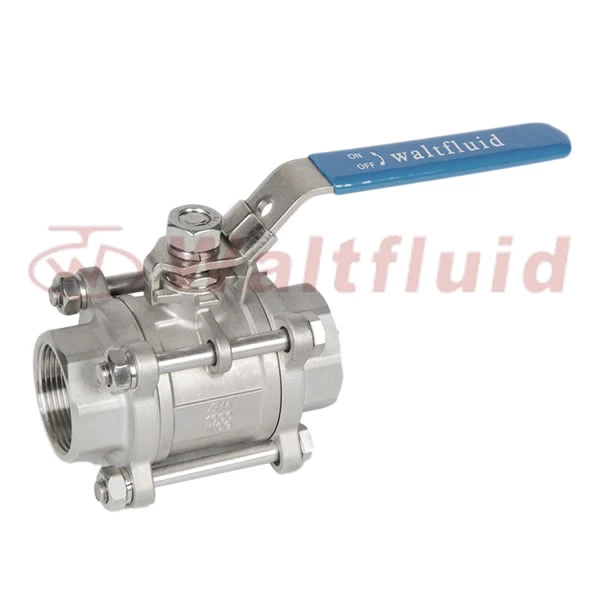
 English
English 中文
中文 Pусский
Pусский  Español
Español
